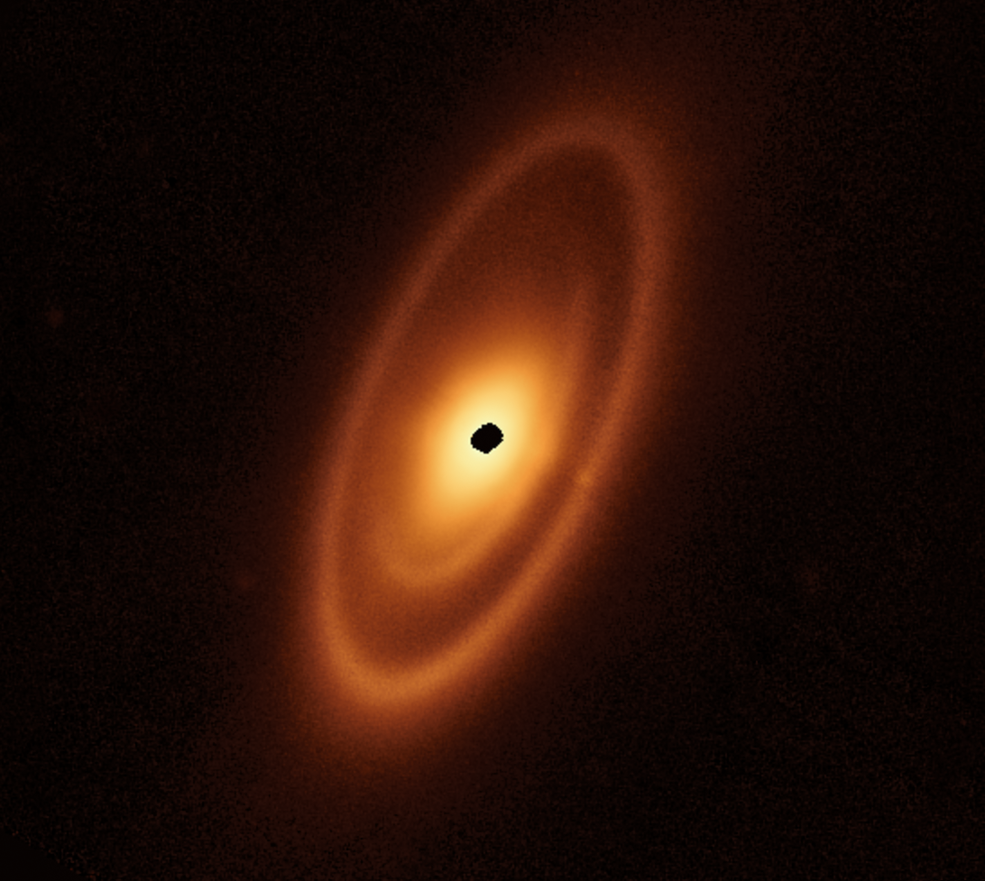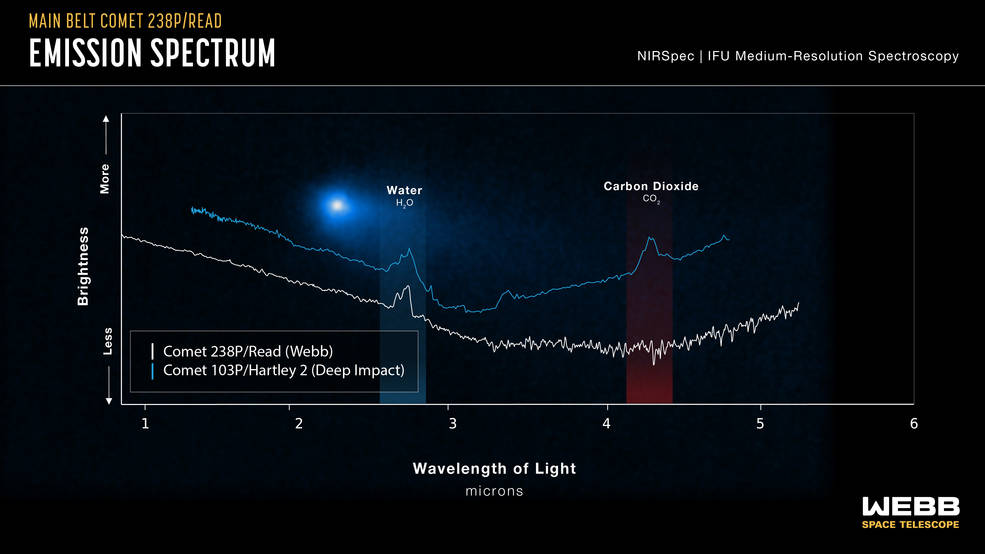sono
Gold Member
Genuine q what has jwst told us about how the universe began that we didn't know before jwst?Studying far away galaxies helps cosmologists build their understanding of how the universe began and how it functions.
Genuine q what has jwst told us about how the universe began that we didn't know before jwst?Studying far away galaxies helps cosmologists build their understanding of how the universe began and how it functions.
Genuine q what has jwst told us about how the universe began that we didn't know before jwst?
I get what you're saying, but science is about pushing boundaries. Shit I saw a youtube vid saying if the full size number is true, that's like our known universe is the size of a light bulb in the center of pluto with pluto being the real size of the universe. I guess I just love mind boggling stuff like that. But in many ways I do agree with you and like I said if we find life it's going to be in the next 20-30 years with the nxt gen of space telescopes going up that are tuned to look for exoplanets in their circumstellar habitable zone. Nasa has said Webb isn't fine tuned for that job but the Nancy Grace telescope will be launching in May 2027 and that will look for exoplanets and dark energy. Maybe the Luvoir space scope gets built in the 2030's, well one of the two proposals.Exactly why we should focus on our neighbourhood and why looking at galaxies millions of light years away is pointless not only because of distance but also time the images are so old they are not like that today 150sextillion times bigger isn’t important

Isn't water relatively common in the universe? There are many planets where we've detected water in the atmosphere.I'm sorry but WHAT?
JWST detected water? Dafuq?
Was this huge news when it was detected? I did not hear of this whatsoever.
Doesn't this extremely increase the likelihood of alien life? Or is this some bullshit like "we detected water**********" and then there are a dozen caveats for why it's only a 10% chance of actually being water.
Sort of looks like something out of a space opera.My daughter had a disposable camera on a school trip and her photography skills with this shot straight up look like something JWST would shoot -

I get what you're saying, but science is about pushing boundaries. Shit I saw a youtube vid saying if the full size number is true, that's like our known universe is the size of a light bulb in the center of pluto with pluto being the real size of the universe. I guess I just love mind boggling stuff like that. But in many ways I do agree with you and like I said if we find life it's going to be in the next 20-30 years with the nxt gen of space telescopes going up that are tuned to look for exoplanets in their circumstellar habitable zone. Nasa has said Webb isn't fine tuned for that job but the Nancy Grace telescope will be launching in May 2027 and that will look for exoplanets and dark energy. Maybe the Luvoir space scope gets built in the 2030's, well one of the two proposals.

Yeah, it could be like in the movie Signs where the water is actually poison and burns the aliensThey detected water in the atmosphere. They are gonna find that a lot in the future. We have no idea what that means for alien life, we only know what that means on Earth.
While interesting I don’t see how we can use this information unless we are planning on setting up a planet forming business like Slartibartfast from Hitchhikers guide. We know our place in the universe and physics is very advanced.JWST has affirmed the basic theories of cosmology by showing galaxies and stars previously unobservable. There have also been new discoveries in the lifecycle of stars, formation of planetary systems, and other areas of both astronomy and cosmology. Interesting stuff from a physics perspective.
I’m willing to eat my underpants with a spoon if luvoir-a gets approved.
That thing will never be approved after the pain of getting the Webb on orbit.
While interesting I don’t see how we can use this information unless we are planning on setting up a planet forming business like Slartibartfast from Hitchhikers guide. We know our place in the universe and physics is very advanced.
Wasn’t one of the publicised agendas of JWST to help progress the q if there is any kind of signs of life elsewhere. That is the fundamental question to answer
In a new study, an international team of astrophysicists has discovered several mysterious objects hiding in images from the James Webb Space Telescope: six potential galaxies that emerged so early in the universe’s history and are so massive they should not be possible under current cosmological theory.
Each of the candidate galaxies may have existed at the dawn of the universe roughly 500 to 700 million years after the Big Bang, or more than 13 billion years ago. They’re also gigantic, containing almost as many stars as the modern-day Milky Way Galaxy.
“It’s bananas,” said Erica Nelson, co-author of the new research and assistant professor of astrophysics at CU Boulder. “You just don’t expect the early universe to be able to organize itself that quickly. These galaxies should not have had time to form.”
Nelson and her colleagues, including first author Ivo Labbé of the Swinburne University of Technology in Australia, published their results Feb. 22 in the journal Nature.
The latest finds aren’t the earliest galaxies observed by James Webb, which launched in December 2021 and is the most powerful telescope ever sent into space. Last year, another team of scientists spotted several galaxies that likely coalesced from gas around 350 million years after the Big Bang. Those objects, however, were downright shrimpy compared to the new galaxies, containing many times less mass from stars.
The researchers still need more data to confirm that these galaxies are as large, and date as far back in time, as they appear. Their preliminary observations, however, offer a tantalizing taste of how James Webb could rewrite astronomy textbooks.
“Another possibility is that these things are a different kind of weird object, such as faint quasars, which would be just as interesting,” she said.
Fuzzy dots
There’s a lot of excitement going around: In 2022, Nelson and her colleagues, who hail from the United States, Australia, Denmark and Spain, formed an ad hoc team to investigate the data James Webb was sending back to Earth.
Their recent findings stem from the telescope’s Cosmic Evolution Early Release Science (CEERS) Survey. These images look deep into a patch of sky close to the Big Dipper—a relatively boring, at least at first glance, region of space that the Hubble Space Telescope first observed in the 1990s.
Nelson was peering at a postage stamp-sized section of one image when she spotted something strange: a few “fuzzy dots” of light that looked way too bright to be real.
“They were so red and so bright,” Nelson said. “We weren’t expecting to see them.”
She explained that in astronomy, red light usually equals old light. The universe, Nelson said, has been expanding since the dawn of time. As it expands, galaxies and other celestial objects move farther apart, and the light they emit stretches out—think of it like the cosmic equivalent of saltwater taffy. The more the light stretches, the redder it looks to human instruments. (Light from objects coming closer to Earth, in contrast, looks bluer).
The team ran calculations and discovered that their old galaxies were also huge, harboring tens to hundreds of billions of sun-sized stars worth of mass, on par with the Milky Way.
These primordial galaxies, however, probably didn’t have much in common with our own.
“The Milky Way forms about one to two new stars every year,” Nelson said. “Some of these galaxies would have to be forming hundreds of new stars a year for the entire history of the universe.”
Nelson and her colleagues want to use James Webb to collect a lot more information about these mysterious objects, but they’ve seen enough already to pique their curiosity. For a start, calculations suggest there shouldn’t have been enough normal matter—the kind that makes up planets and human bodies—at that time to form so many stars so quickly.
“If even one of these galaxies is real, it will push against the limits of our understanding of cosmology,” Nelson said.
Seeing back in time
For Nelson, the new findings are a culmination of a journey that began when she was in elementary school. When she was 10, she wrote a report about Hubble, a telescope that launched in 1990 and is still active today. Nelson was hooked.
“It takes time for light to go from a galaxy to us, which means that you're looking back in time when you're looking at these objects,” she said. “I found that concept so mind blowing that I decided at that instant that this was what I wanted to do with my life.”
The fast pace of discovery with James Webb is a lot like those early days of Hubble, Nelson said. At the time, many scientists believed that galaxies didn’t begin forming until billions of years after the Big Bang. But researchers soon discovered that the early universe was much more complex and exciting than they could have imagined.
“Even though we learned our lesson already from Hubble, we still didn’t expect James Webb to see such mature galaxies existing so far back in time,” Nelson said. “I’m so excited.”
That would be like trying to look at a spotlight a few hundred yards away (that's shinging directly at you) and trying to spot the ants crawling around it. Impossible to do? Perhaps not but extremely difficult.Really silly question but if they pointed it at our nearest stars wouldn’t they be able to see their planets and maybe even some details about them like it has Mars or Jupiter like planets etc?
That makes sense. Thanks for the reply.That would be like trying to look at a spotlight a few hundred yards away (that's shinging directly at you) and trying to spot the ants crawling around it. Impossible to do? Perhaps not but extremely difficult.
Better science would not be trying to directly image these distant worlds but gather spectroscopy data to study their chemical composition. That is what I believe James Webb is capable of doing. Just need to double check that.
Not silly I think even nearest star the planets would be too small to image directly but they use the transit technique where the planet passing in front of the star causes the light to dip and they can measure the spectrum of the atmosphereReally silly question but if they pointed it at our nearest stars wouldn’t they be able to see their planets and maybe even some details about them like it has Mars or Jupiter like planets etc
No worries. Webb has an instrument on board to do spectroscopy of distant planets.That makes sense. Thanks for the reply.
While I kind of agree, supposedly the tech that was created for Webb will be transferable to the new telescopes expediting their development…. Supposedly…. There was also concern about doing it sooner than later as they would be able to leverage the same engineers. Again… supposedly…I’m willing to eat my underpants with a spoon if luvoir-a gets approved.
That thing will never be approved after the pain of getting the Webb on orbit.
^TRAPPIST-1 images and atmospheric composition incoming.
WHEN^TRAPPIST-1 images and atmospheric composition incoming.
In January of last year, astronomers estimated that Roman would be able to photograph an area of the sky at least 100 times larger than what Hubble is currently capable of but with the same crisp sharpness. But last month, NASA astrophysicists upped that estimation significantly and now say that it could reveal an area 300 times larger than what Hubble can capture, which would offer a significantly broader view of cosmic ecosystems.
“Hubble’s Ultra Deep Field offers an incredible window to the early universe, but an extremely narrow one, covering less than one ten-millionth of the whole sky,” NASA explains. “The new simulation showcases Roman’s power to perform a similar observation on a much larger scale, revealing millions of galaxies instead of thousands.”
While Roman is still many years away from actually showing what it can do, NASA scientists created a synthetic visualization of what Roman’s ultra-deep field camera could capture.
The 18 squares at the top of the image above outline the area Roman can see in a single observation, known as its footprint. The inset at the lower-right zooms into one of the squares of Roman’s footprint, and the inset at the lower-left zooms in even further.
The image contains more than 10 million galaxies and was constructed from a simulation that produced a realistic distribution of the galaxies in the universe.
“Roman could peer across more than 13 billion years of cosmic history, reaching back to when the universe was only about half a billion years old. Such distant galaxies are extremely faint, so Roman would have to stare at one spot in space for several days to collect enough light from them,” NASA explains. “The mission’s wide field of view will provide an incredible amount of data, helping astronomers find rare objects in the epoch of reionization. The large area Roman will observe will also show differences in galaxy properties based on their surrounding environment, allowing astronomers to better understand how early galaxies formed.”
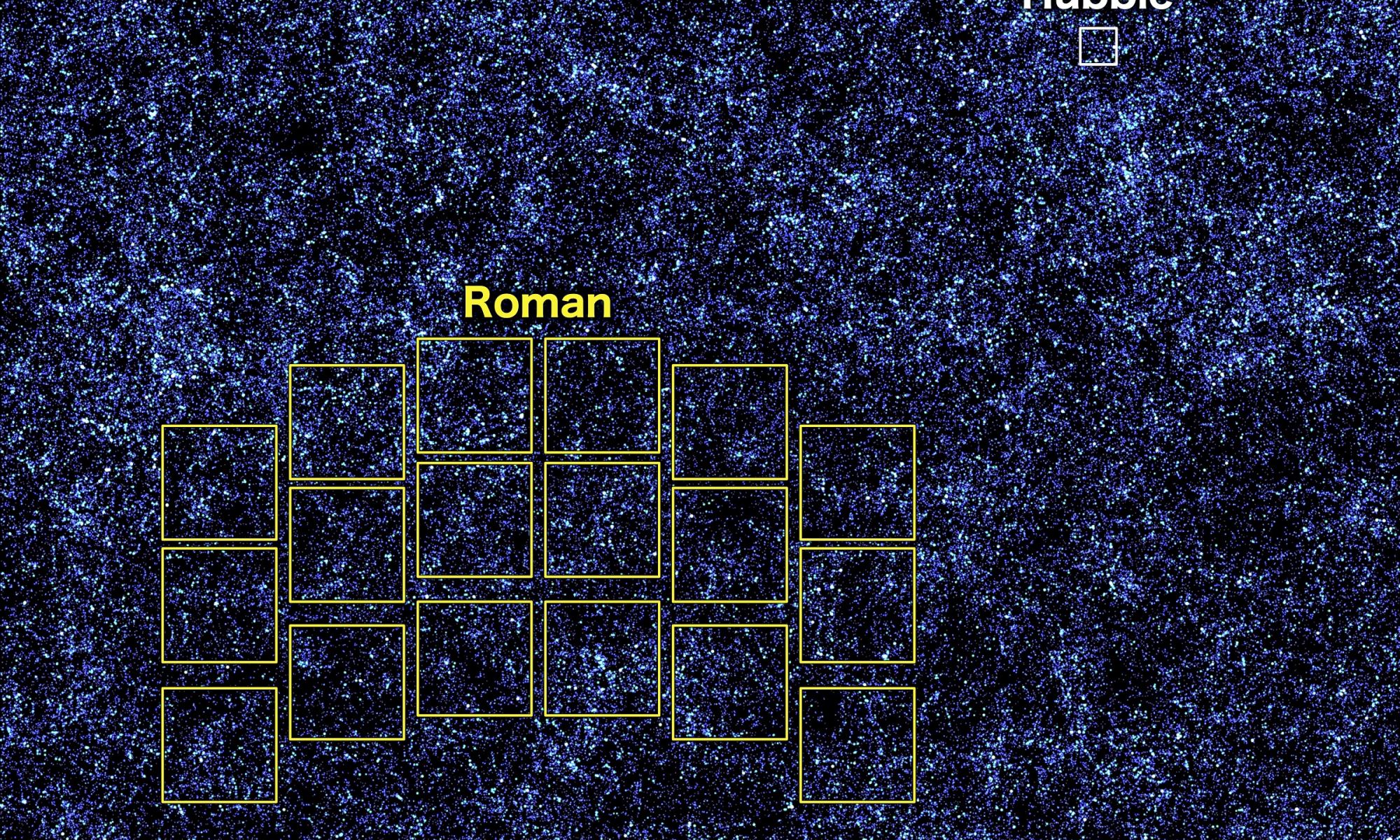
I bet those planets are going to be all fucked up because they are tidally locked around a red dwarf. Habitable zone or not.WHEN
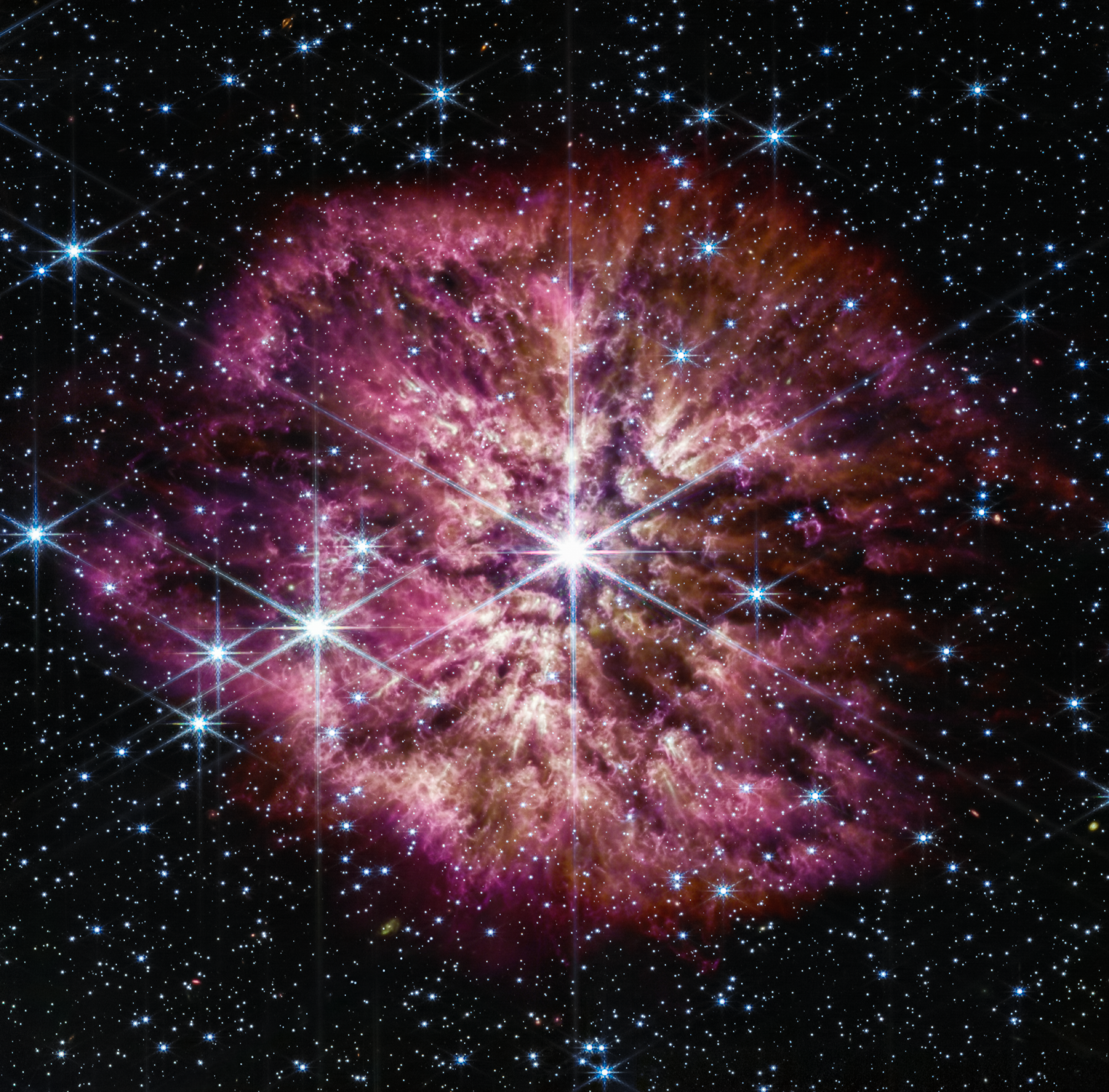
Ah yes, the time has come and so will I^TRAPPIST-1 images and atmospheric composition incoming.
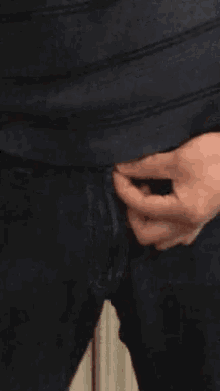
Luvoir-A concept depends on the payload fairing of the launch vehicle.I’m willing to eat my underpants with a spoon if luvoir-a gets approved.
That thing will never be approved after the pain of getting the Webb on orbit.
First planet on the TRAPPIST-1 system has no atmosphere. That's to be expected since it's so close to a very active star. The real deal are planets c, d and f which are within the goldilocks zone. Even g might have a chance.
Astronomers actually suspect most, if not all planets being tidally locked due to the proximity with the star... how that influences the habitability in those worlds is still unknown. I'd guess we're about to learn a whole lot with JWST.Isn't one of the outer planets in the system tidally locked to the host star meaning there would be a narrow boundry between the night/day side of the planet where consditions could be suitable for life to evolve. Not too hot facing the parent star and not too cold facing the cold empty vacuum of space.
One of these worlds is going to yield some interesting spectrograph results.
Oh true. I just read up on that. Interesting to see the results but I'm sure there's going to be some surprises with one of these planets. Thanks for the update on the thread. Its getting exciting again with JWSTAstronomers actually suspect most, if not all planets being tidally locked due to the proximity with the star... how that influences the habitability in those worlds is still unknown. I'd guess we're about to learn a whole lot with JWST.
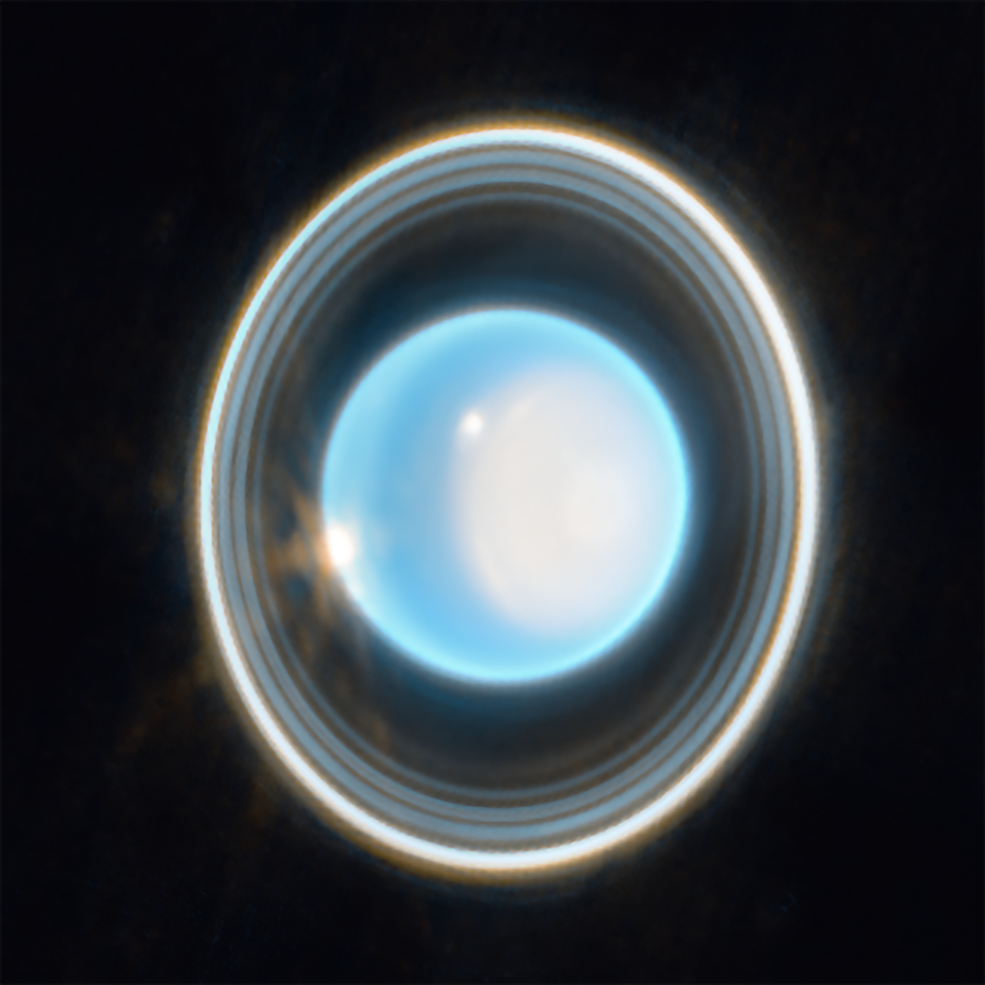
Isn't one of the outer planets in the system tidally locked to the host star meaning there would be a narrow boundry between the night/day side of the planet where consditions could be suitable for life to evolve. Not too hot facing the parent star and not too cold facing the cold empty vacuum of space.
One of these worlds is going to yield some interesting spectrograph results.

NASA’s Webb Scores Another Ringed World With New Image of Uranus - NASA
Following in the footsteps of the Neptune image released in 2022, NASA’s James Webb Space Telescope has taken a stunning image of the solar system’s other ice giant, the planet Uranus. The new image features dramatic rings as well as bright features in the planet’s atmosphere.www.nasa.gov
Soon!So, Trappist-1b is a big hot airless rock…but what of the other planets!?

NASA’s Webb Scores Another Ringed World With New Image of Uranus - NASA
Following in the footsteps of the Neptune image released in 2022, NASA’s James Webb Space Telescope has taken a stunning image of the solar system’s other ice giant, the planet Uranus. The new image features dramatic rings as well as bright features in the planet’s atmosphere.www.nasa.gov
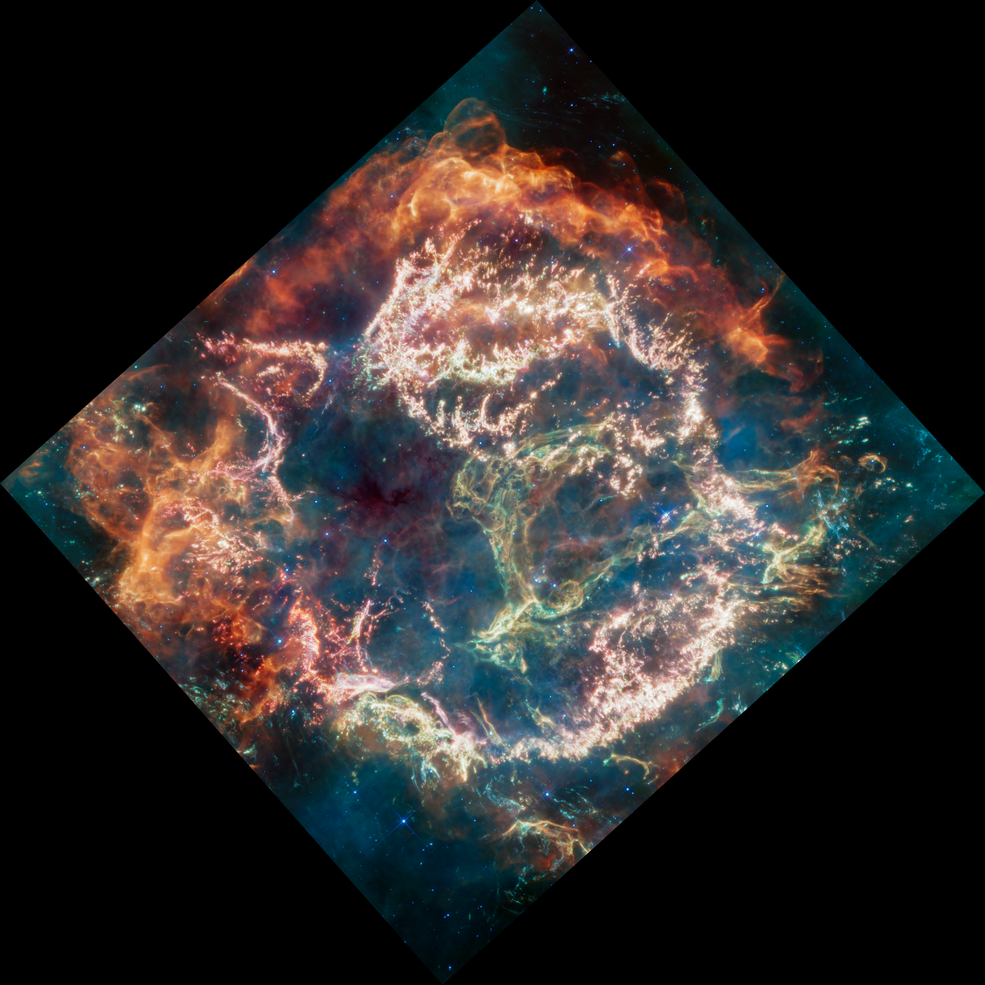
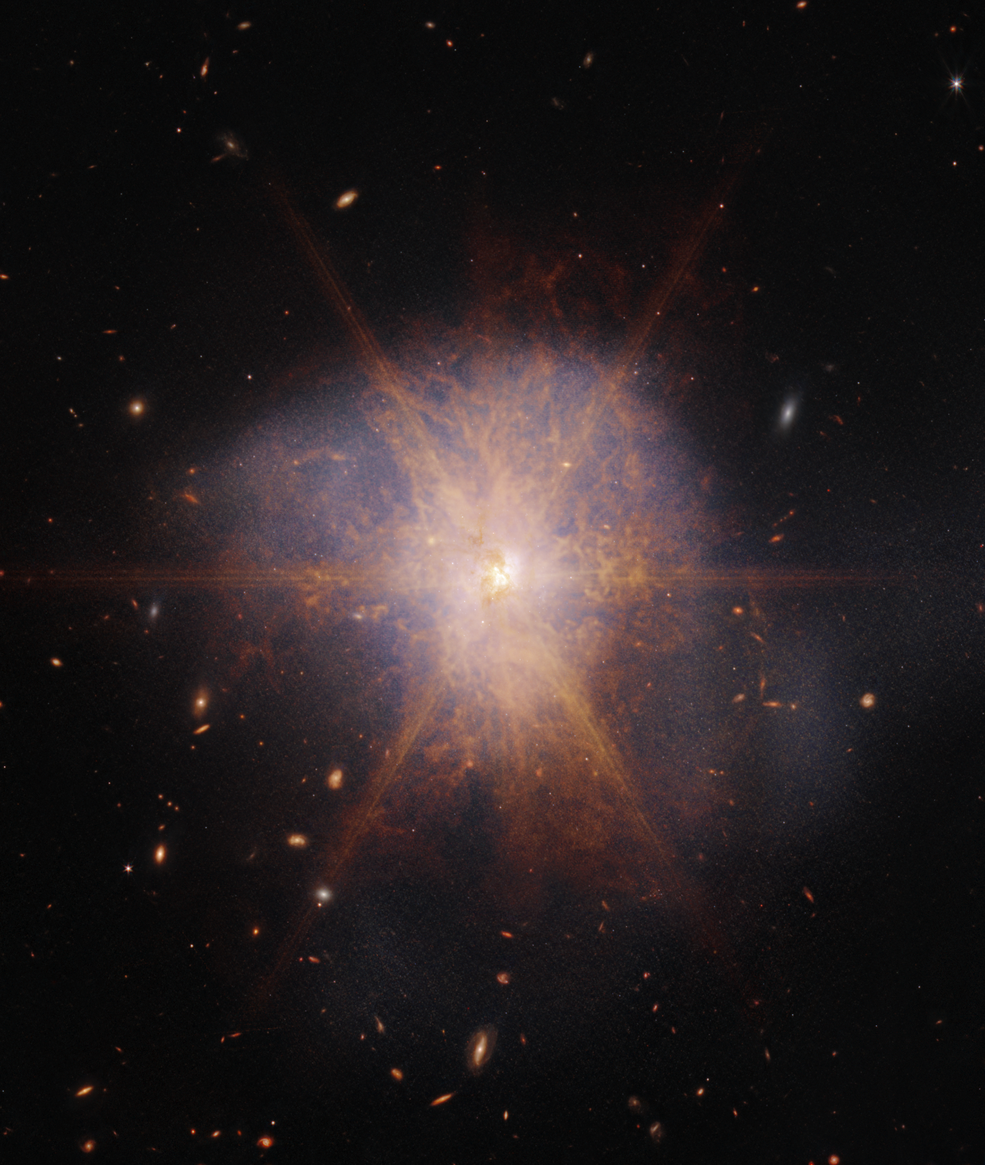
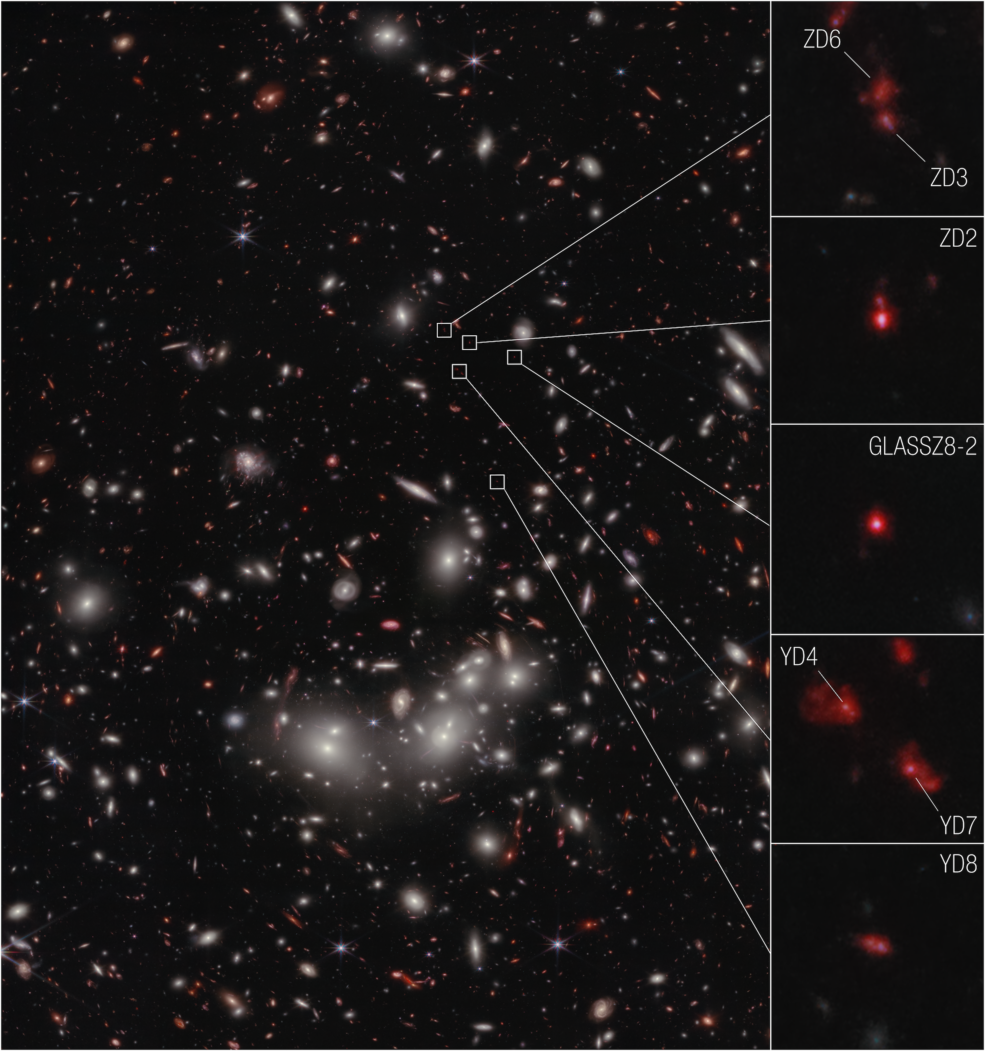

Webb Reveals Early-Universe Prequel to Huge Galaxy Cluster - NASA
NASAs James Webb Space Telescope has confirmed, for the first time, a protocluster of seven galaxies at a distance that astronomers refer to as redshift 7.9, or a mere 650 million years after the big bang.www.nasa.gov
